![]()
![]()
![]()
Use LEFT and RIGHT arrow keys to navigate between flashcards;
Use UP and DOWN arrow keys to flip the card;
H to show hint;
A reads text to speech;
20 Cards in this Set
- Front
- Back
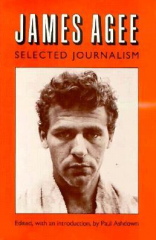
James Agee.
|
Journalist-novelist-poet (1909-1955). Posthumously compiled Time and The Nation articles in the books "Agee on Film" and "Agee on Film, Volume II".
Was among the first writers to take the film beat seriously. Collaborated on the screenplay of "The African Queen", and was very close to John Huston. |
|
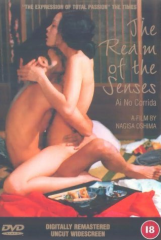
Ai no korîda.
|
High-toned Japanese skin flick from 1976, featuring actual intercouse, that dragged pornography from the GRINDHOUSE to the art house.
|
|
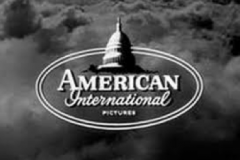
AIP.
|
American International Pictures, founded in 1954. AIP was subject of a retrospective at the Museum of Modern Art.
From westerns to teen horror, ended in the final years producing more GRINDHOUSE movies. |
|
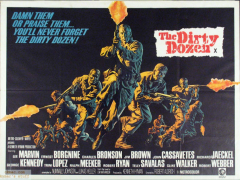
Robert Aldrich.
|
Tough-guy director (1918-1983). "The Longest Yard", Bette Davis horror-melodramas.
|
|
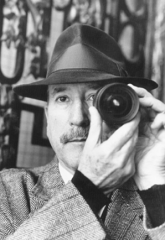
Néstor Almendros.
|
Spanish cinematographer (1930-1992). Usage of natural light, worked with ERIC ROHMER, François Truffaut, MONTE HELLMAN, Martin Scorsese. TERRENCE MALICKS "Days of Heaven".
|
|
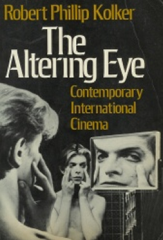
The Altering Eye.
|
Must-have snob book by Robert Kolker. Analysis of the modernist film movements in Europe and Latin America, from ITALIAN NEOREALISM onward.
|
|

Kenneth Anger.
|
Reared-Hollywood child actor turned trash cinema auteur. Reaching adulthood, took to making homoerotic, crypto-Fascist shorts. Author of Hollywood Babylon.
|
|
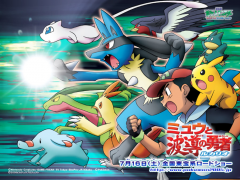
Anime.
|
Catchall term for Japanese or Japanese-style animation. From "Pokémon" to Hayao Miyazaki. Subgenre with explicit pornography is hentai.
Theres also Chicago-based Manga Entertainment (manga is Japanese word for comics). |
|
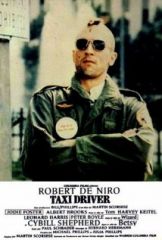
Antihero.
|
Morally compromised, usually runty, usually ethnic protagonists. Film-crit term that rose with the EASY RIDERS and RAGING BULLS generation.
Travis Bickle in "Taxi Driver", Al Pacino in "Serpico", Ratso Rizzo in "Midnight Cowboy". |
|
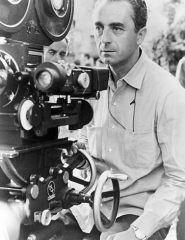
Michelangelo Antonioni.
|
Art-film director regarded as an auxiliary of the FRENCH NEW WAVE. Audacious, conventional-narrative-shunning early sixties trilogy: "LAvventura", "La Notte", and "LEclisse".
"Blow Up" (1966), "Zabriskie Point" (1970), and "The Passenger" (1975). |
|
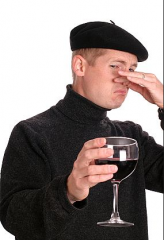
Apparatus.
|
Comically obtuse blather-term used in semiotics-driven film studies to denote both the camera and the "cinematic meaning".
|
|
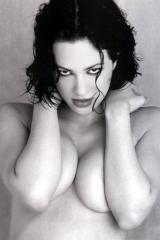
Asia Argento.
|
Tattooed sexpot Italian actress. Art-damaged alterna-auteress rather than a mere soft-core goth girl.
"Scarlet Diva" (2000) & "The Heart is Deceitful Above All Things". |
|

Dario Argento.
|
Italian horrormeister. Co-wrote Sergio Leones "Once Upon a Time in the West", but left the genre to popularize a genre of splatter pic, the giallo. Required viewing for gore snobs.
"Suspiria" (1977) |
|
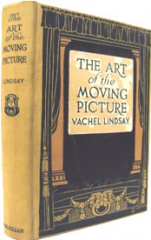
The Art of the Moving Picture.
|
Historically significant book by Illinois poet Vachel Lindsay. First critical appraisal of movies as a bonafide art form.
Published in 1915, it was prescient in its anticipation of films cultural influence. Rough going for all but the most dogged of film snobs. |
|
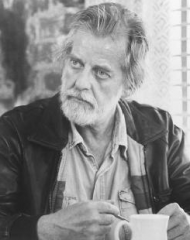
Hal Ashby.
|
Beautiful loser of the EASY RIDERS, RAGING BULLS auteur pack. Long time film editor for Norman Jewison.
"Harold and Maude", "The Last Detail", "Shampoo", "Bound for Glory", "Coming Home", "Being There". |
|
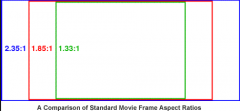
Aspect ratio.
|
The ratio between the width and the height of the film frame; 1.85:1 is the American widescreen standard.
|
|

Rene Auberjonois.
|
Often mustachioed character actor that was part of Robert Altmans repertoire. "M*A*S*H".
|
|
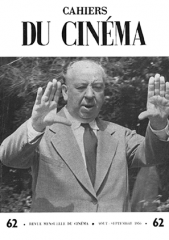
The Auteur Theory.
|
Film theory that holds that the director, rather than the screenwriter, producer, or star is the "author" of the film.
First introduced by François Truffaut in CAHIERS DU CINEMA, Americanized by ANDREW SARRIS in Film Culture in 1962, then ridiculed by PAULINE KAEL in Film Quarterly in 1963. |
|
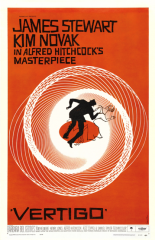
Saul Bass.
|
Bronx-born graphic designer, animator, and director (1920-1996). Did title sequences for Otto Preminger, Alfred Hitchcock, Martin Scorsese.
Directed "Phase IV", an impenetrable sci-fi story about super-intelligent ants. |
|
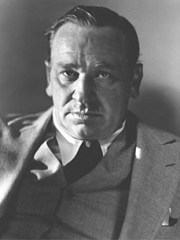
Wallace Beery.
|
Thickset, Doberman-faced character actor (1885-1949). Cherished by Snobs as the embodiment of the sort of "real" mug that old Hollywood embraced before. Tribute by the Coen Brothers in "Barton".
"Min and Bill" (1930), "The Champ" (1931). |

